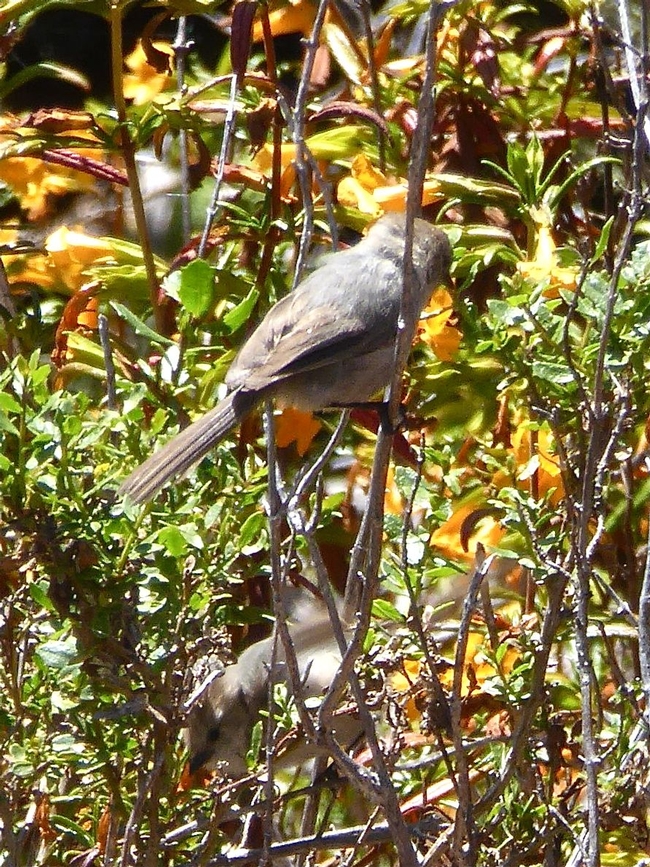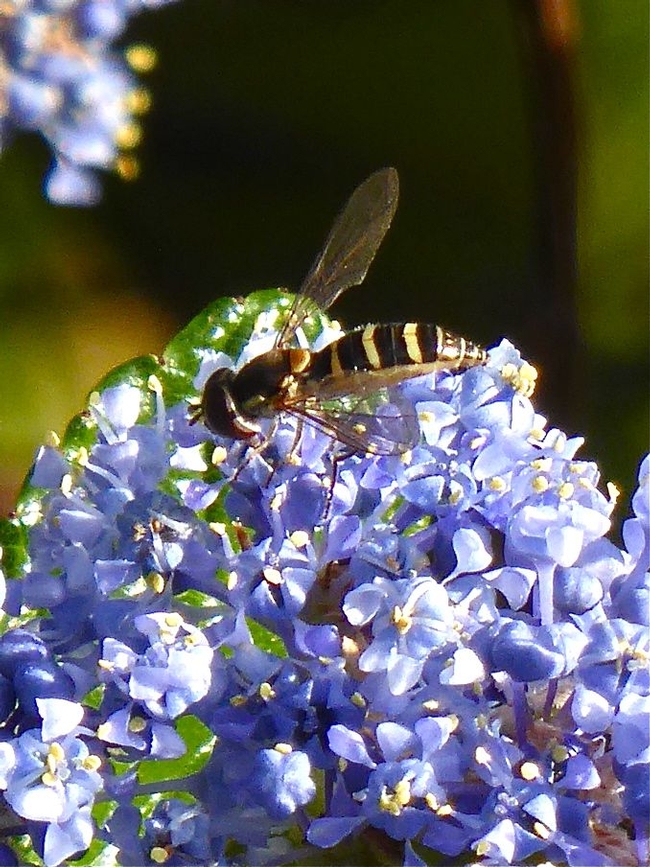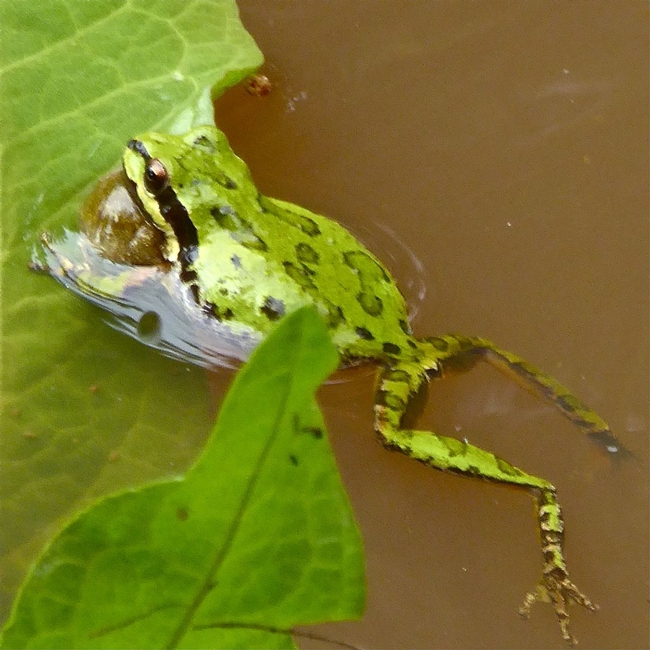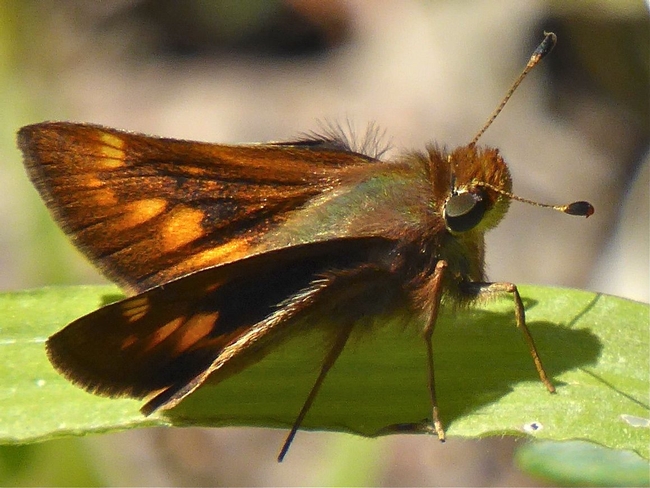Extend Your Garden’s Hospitality – Go Wildlife-Friendly! Wildlife-Friendly Gardens, Part II
Planning a Wildlife-Friendly Garden

- Observe your garden throughout the year. What types of desirable wildlife are already in your garden? Where in the garden do they appear: plant species/physical feature, shade/sun, feeding/nesting? Do they appear seasonally or year-round? Not all plants (even of the same species) or physical features are alike. For a plant species that thrives in either sun or part shade, one may be more favored than the other depending on the insect, bird or mammal using it. Likewise, birds may not perch on a snag fully exposed to strong winds, but may use the less exposed snag found only a few feet away.
- Research your area. What kinds of plants and wildlife are native to local areas similar to your property (climate, exposure, soil type, topography). Parks (state, county) and local wildlife organizations are wonderful resources, with downloadable lists and profiles of flora and fauna, often sorted by the different habitats found in local wildlands.
- Which wildlife species in your area would you like to see in your garden? Which need support and could benefit from your garden? Which plants and physical features would encourage their presence? Physical features need not be large or require major construction. Numerous small and simple features such as a pile of stones, a bee nest structure, a birdhouse can create benefits greater than the “sum of their parts.” What seems minor to us, e.g., a downed branch, may already be host to beneficial decomposers we can't see and used by other wildlife we can.
- Observe your garden again for undesirable plants, wildlife or features. Choose control methods that will not conflict with your wildlife-friendly goals, e.g., avoid herbicides for weed control, which may also harm desirable plants.
- Select suitable native plants or physical features. As your garden's overall diversity becomes richer, so will its range of potential habitats and wildlife. Make changes gradually, regardless of whether your garden is young, mature or somewhere in-between: introduce two or three native plant species at a time (vary understory height, flower size and shape, bloom time), two or three types of physical features at a time. For young gardens or gardens with low wildlife presence, start by encouraging insects, then move up in phases to birds, reptiles, small mammals as desired.
Other Considerations
Research potential risks to family or pets associated with plants or wildlife you are considering for your garden. We provide the following links for you to research your questions about people, pets, and wildlife, but always check with your physician or veterinarian for the final word on potential risks.
- American Society for the Prevention of Cruelty to Animals (ASPCA)
- Bay Area Lyme Foundation
- Univeristy of California Division of Agriculture and National Resources (UCANR)
Natural Nuisances
Check for unique behaviors when researching wildlife. For example, a seasonal pond may attract the Pacific treefrog (Pseudacris regilla), a favorite of this writer's but admittedly very vocal and very loud: one frog's “serenade” to another may become an unwelcome disruption of peace and quiet.
Governing Agencies
Always consult with relevant HOA, city, county and/or other agencies during your planning phase.
- Physical features
 Syrphid fly feeding on Ceanothus pollen. Syrphid larvae are garden beneficials, feeding on aphids, scales, thrips and other soft-bodied insects. Photo: © Carol Nickbarg.
Syrphid fly feeding on Ceanothus pollen. Syrphid larvae are garden beneficials, feeding on aphids, scales, thrips and other soft-bodied insects. Photo: © Carol Nickbarg.- Some features or changes (e.g., terracing, drainage) to your garden may require a permit.
- Some features, especially certain water features, may alter the ecology of your property: as plants and wildlife come to depend on the feature, governing agencies or other entities may not allow the feature to be removed later, even if the feature is man-made.
- Plants
- Plant installation or removal: local urban forestry departments or other agencies may have preferred species or “avoid” lists for certain plants in your area; tree or other vegetation removal may require a permit.
Maintaining a Wildlife-Friendly Garden
- Regularly inspect any netting or structures to be sure birds, reptiles, small mammals have not become trapped.
- Regularly maintain birdbaths or other water features.
- Manually remove weeds and invasive plants.
- Practice integrated pest management.
- California Invasive Plant Council (Cal-IPC)
- PlantRight
- The Gardener's Guide to Common-Sense Pest Control: Completely Revised and Updated. 2013. William Olkowski, Sheila Daar, Helga Olkowski. Taunton Press.
- University of California Statewide Integrated Pest Management (UC IPM)
Final Thoughts...

References and Additional Resources
References
- Skippers, Encyclopedia of Life
- Pacific treefrogs, National Parks Traveler
This is the second of a two-part post. To read the first part or check out the rest of the references and resources for this post, visit Part I on our website.
For local inspiration, be sure to attend our 2017 UC Master Gardeners of Monterey Bay Garden Tour on September 9th, 2017. More information about the Garden Tour can be found here.
If you'd like to purchase any of the reference books mentioned, use our AmazonSmile account! It won't cost you anything but we'll get a small donation with each purchase made through our link. Don't forget to subscribe to our blog so that you receive an email notification when a new post goes up. If you have questions, contact us online, by phone or in person to get answers to your gardening quandaries!

